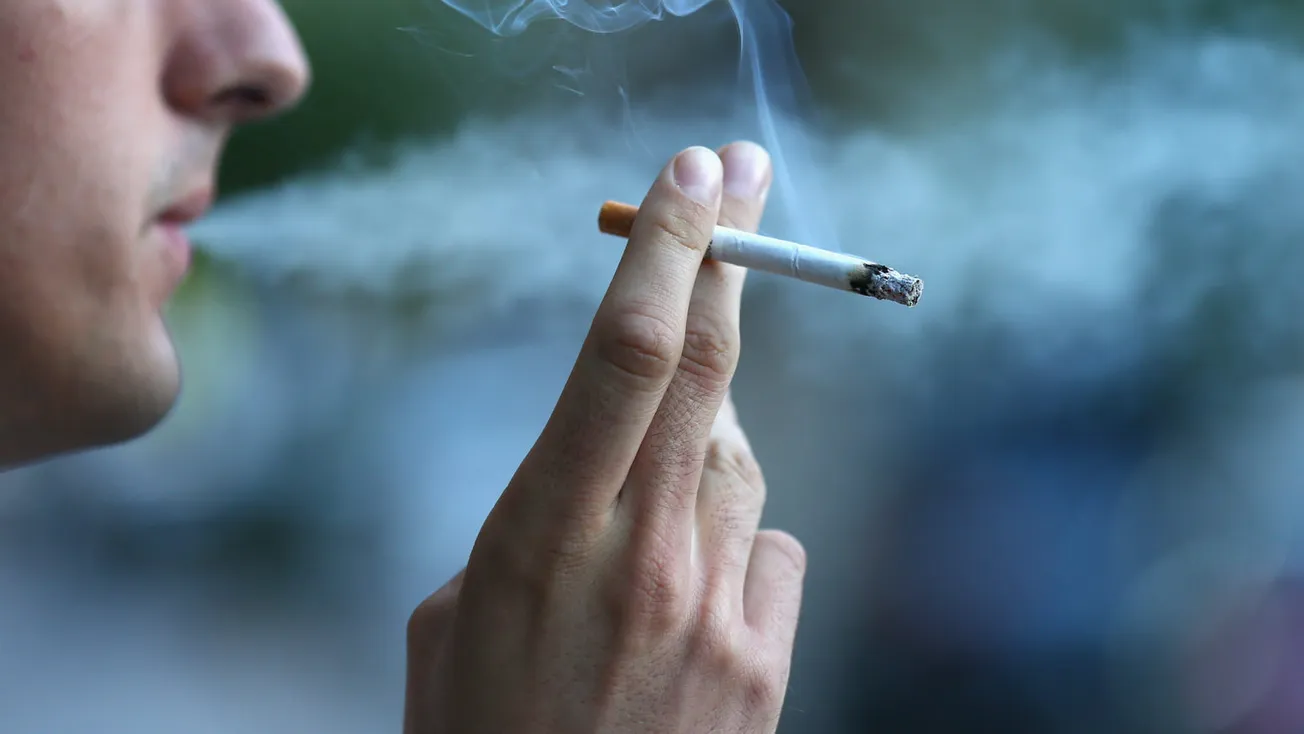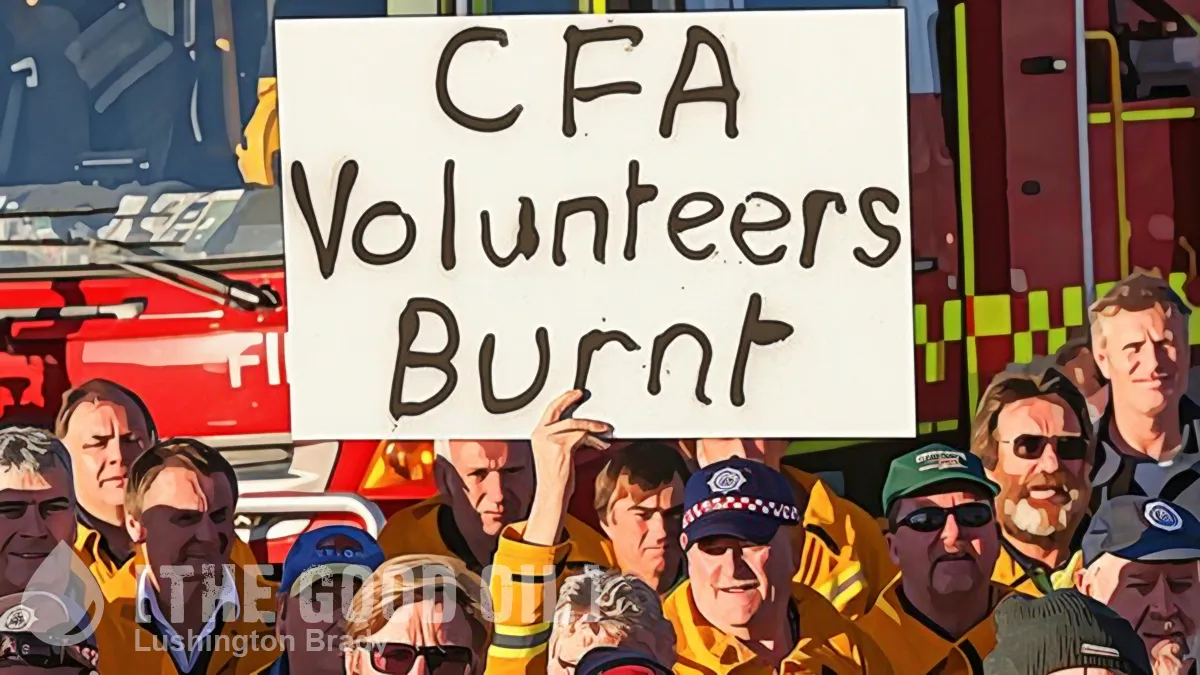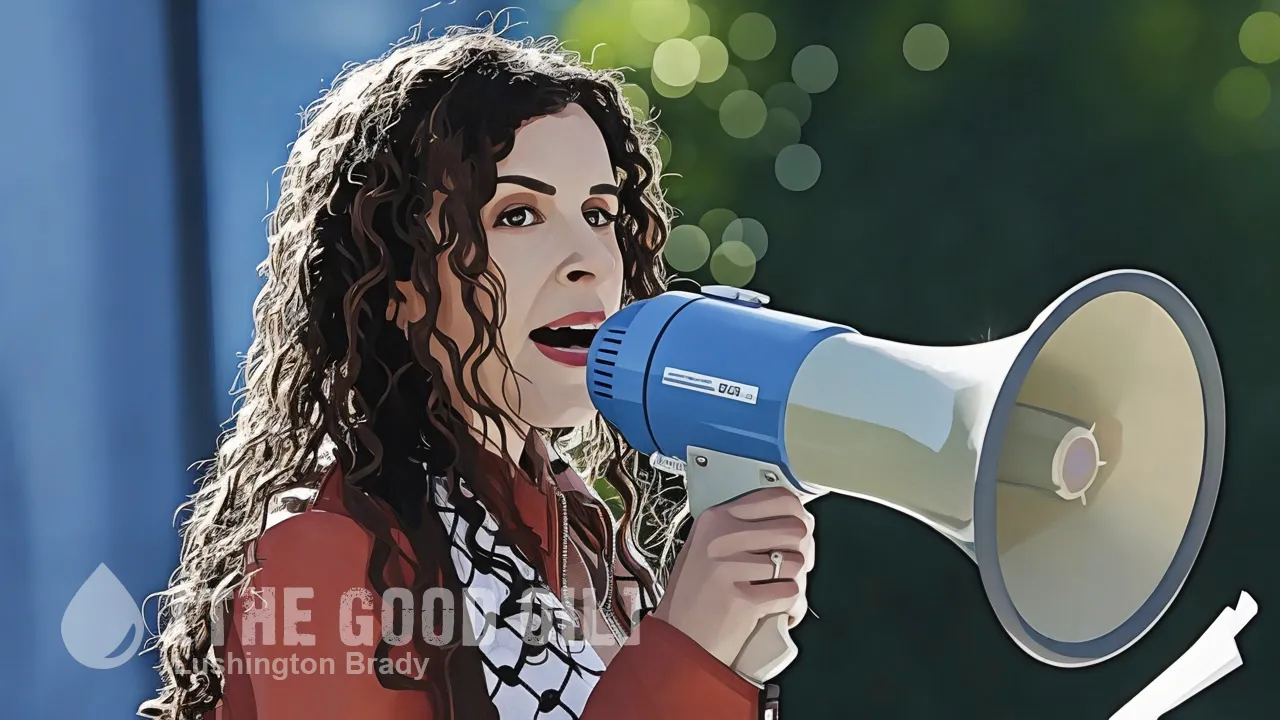Table of Contents
So, it turns out that trying to prohibit a recreational substance by imposing massive taxes on it only encourages a black market. Who knew! Have they tried outright banning it? That always works.
When the tax alone on a pack of cigarettes is over $30, what do the nanny-staters think is going to happen?
On a chilly Canberra evening, two young guys smoking in a laneway complained to the ABC about the tobacco tax.
One of them pulls a packet of cigarettes out from his pocket — Marlboros in their original, trademark red packaging.
“Why would I buy the more expensive ones?” he questions.
This is a black market that has spiralled ‘out of control’, robbing taxpayers and legitimate retailers of billions of dollars.
“Robbing taxpayers”, my arse. It’s depriving governments, who are as addicted to the river of gold flowing from cigarettes as any durry-muncher hanging out for a fag.
The cornerstone of tobacco control efforts has been tax.
At nearly $1.30 per cigarette, the excise alone on a packet of 25 cigarettes is $32, before you add GST. That’s what smokers are avoiding when they buy under-the-counter products.
In the past decade, the excise has risen by 210 per cent, pushing the price of a packet of Winfield 25s from about $23 in 2014 to $47 today.
Would anyone be surprised, then, that smokers are going hard on cheap, illegal cigarettes?
Rohan Pike is a former Australian Federal Police (AFP) and Australian Border Force (ABF) officer [… he] believes the moment cigarettes hit the $50 mark was the tipping point.
“Smokers began to view the price as extreme and even law-abiding people turned to the illicit market,” Pike says.
Surprise, surprise — prohibition only puts money into the pockets of criminals. Well, unelected criminals, anyway.
Tax Office analysis estimates the size of the illicit market was at least $2.3 billion in 2021/22, around 13 per cent of the tobacco market.
That’s a whole lotta billions the government would love to get its claws on.
The tobacco excise has undoubtedly helped reduce smoking rates but it’s also grown to become a huge cash cow for successive federal governments.
Historically, the tax was increased twice yearly in line with inflation, but in 2010 – along with its plain-packaging reforms — the government started taking a more aggressive approach.
In that year, the tax was increased by 25 per cent, followed by annual hikes of 12.5 per cent between 2013 and 2020.
These hikes were in addition to the twice-yearly increases, which are now pegged to average earnings rather than inflation.
The Albanese government will increase the excise by a further five per cent each year for the next three years (on top of the twice-yearly increases) as part of its plan to drive smoking rates down to five per cent by 2030.
ABC Australia
Who’s the real addict, here?









